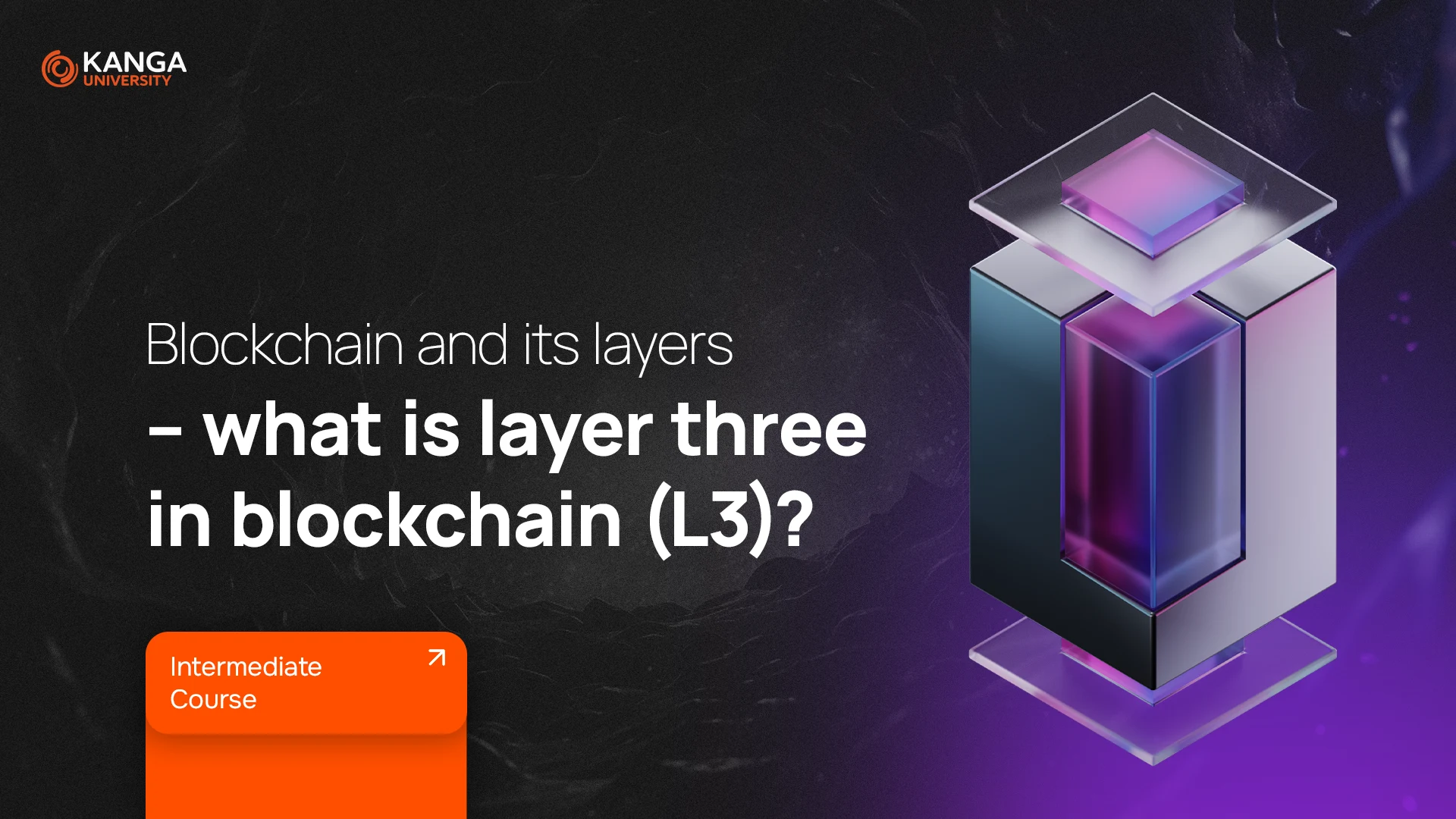
Blockchain technology is evolving rapidly. To ensure greater scalability and security, developers continue to introduce new improvements. Layer 3 (L3) is one of the latest concepts aimed at enhancing blockchain interoperability, improving communication between different blockchains, and optimizing the way decentralized applications (dApps) operate.
Today, we’ll explore what Layer 3 is, why blockchain needs it, and what solutions are already available.
What is Layer 3 in Blockchain Technology?
Layer 3 is a set of specialized solutions that enable seamless communication between different blockchains. Think of it as a translator that allows separate blockchain networks to “talk” to each other and exchange information.
Layer 1 blockchains (e.g., Bitcoin, Ethereum) and Layer 2 solutions (e.g., Polygon, Lightning Network) are usually deeply integrated within their own ecosystems. Layer 3 acts as a bridge, connecting these networks and enabling smooth data and asset transfers.
It is important to note that Layer 3 remains fully decentralized, without any central authority or intermediary controlling it.
Why Does Blockchain Need Layer 3?
The Blockchain Trilemma
Every blockchain struggles to balance three key elements:
- Decentralization – The network operates without a central authority.
- Security – The system is resistant to attacks and manipulation.
- Scalability – The blockchain can handle numerous transactions efficiently.
The challenge is that achieving all three simultaneously is difficult. Some examples:
- Bitcoin and Ethereum prioritize security and decentralization but suffer from high transaction costs and slow speeds.
- Solana focuses on speed and scalability but is less decentralized.
Layer 3 helps find a middle ground, improving interoperability and optimizing how different blockchains interact.
Interoperability – The Key Function of Layer 3
Interoperability refers to the ability to transfer data and assets between different blockchains.
Currently, many decentralized applications (dApps) function in isolation. For example:
- Aave (a DeFi platform on Ethereum) cannot directly communicate with Serum (a DeFi platform on Solana).
- This makes it difficult for users to access different blockchain services seamlessly.
Layer 3 introduces solutions that allow smooth interaction between different blockchains, solving this problem.
Examples of Layer 3 Protocols
Interledger Protocol (ILP)
- Functions as a translator between different payment networks.
- Enables value transfers not just between blockchains but also across traditional financial systems.
- Independent of any specific currency or company.
Inter-Blockchain Communication (IBC) Protocol
- Facilitates secure and reliable data and asset transfers between blockchains.
- A core part of the Cosmos ecosystem but can be applied to other networks as well.
- Acts as a standardized communication system between different blockchain networks.
Quant (Overledger)
- A blockchain operating system that enables applications to run on multiple blockchains simultaneously.
- Supports both public and private blockchains.
- Not a traditional Layer 3 protocol but performs similar functions.
Vitalik Buterin’s Vision for Layer 3
Vitalik Buterin, the co-founder of Ethereum, has outlined his thoughts on the future role of Layer 3 in blockchain technology.
- Layer 2 (e.g., Rollups) focuses on scaling blockchain transactions.
- Layer 3 should focus on enhancing blockchain functionality, particularly in areas like interoperability.
According to Buterin, Layer 3 makes sense only if it adds more value than existing Layer 2 solutions.
For example, some applications might not want to use the Ethereum Virtual Machine (EVM) for complex calculations—Layer 3 could provide an alternative processing system.
Although this concept is still being developed, it could significantly improve blockchain usability and connectivity in the future.
Summary
Layer 3 is an innovative solution that could revolutionize the way blockchains interact with one another. Its primary goal is to enable full interoperability and create a seamlessly connected ecosystem.
With Layer 3, blockchains can become more functional, allowing users to interact with different networks without the hassle of manually transferring funds or managing multiple applications.
As blockchain technology continues to evolve, Layer 3 could play a crucial role in the mass adoption of cryptocurrencies and decentralized applications.